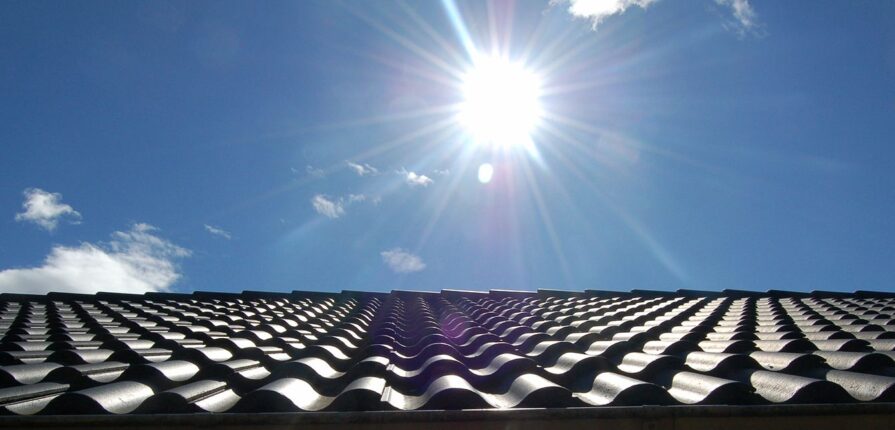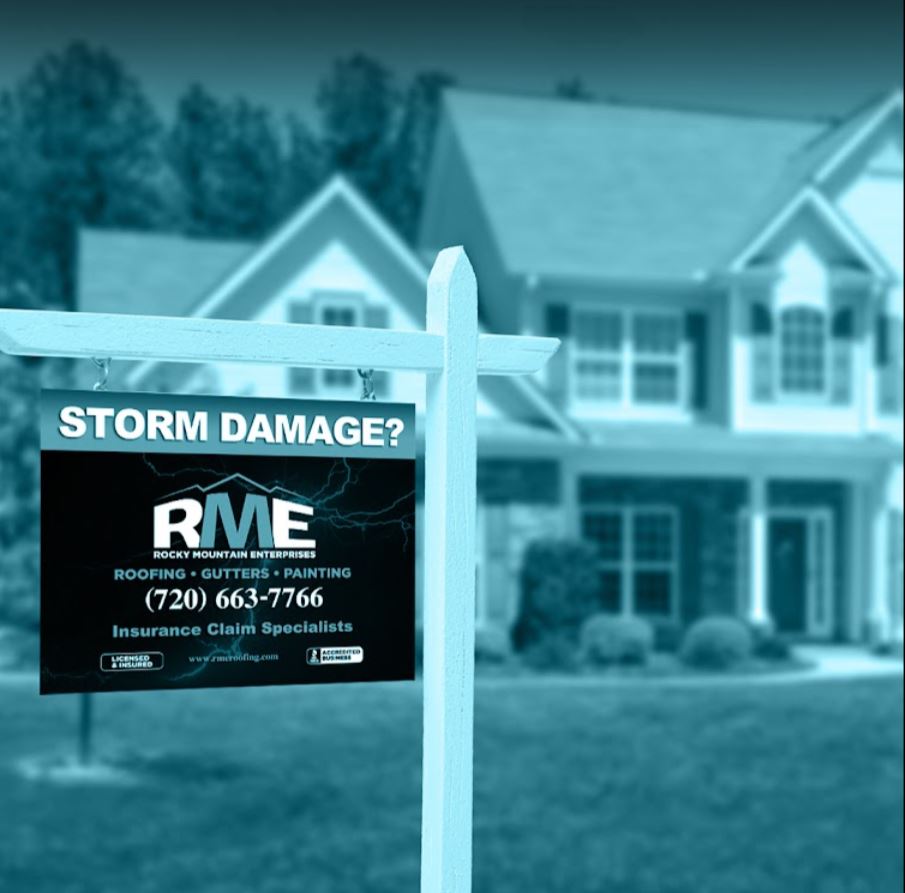This summer, you deserve to enjoy all that the warmest months of the year have to offer. However, while you’re out basking in the sunshine, your roof will be exposed to various risks, potentially leading to damage. While many of these risks can’t be avoided, there are steps that you can take to reduce your risk of summer roof damage.
This article will discuss the most common types of Colorado roofing damage to occur during the summer, as well as tips for keeping your roof in top condition.
Roof Water Damage
Rain and thunderstorms during the summer here in Colorado can not only curb your poolside plans, but also lead to lasting roof damage. Any weaknesses in your roof, whether it be a cracked shingle, damaged flashing, or deteriorating sealant, create the opportunity for water to infiltrate your roof. When water seeps into your roof, it may lead to a host of issues including mold, rotting wood, and a roof leak.
Water damage can seriously cut down your roof’s lifespan. Plus, a roof leak could lead to water damage within your home, making the repair costs even higher. So, your best option is to schedule a roof inspection with your Colorado roofing team. During this inspection, the roofing experts can identify any weak points and existing damage, giving your the chance to get it repaired before the summer rainstorms kick off.
UV Ray and Infrared Damage
UV (ultraviolet) rays and infrared radiation from the sun will unavoidably reach the surface of your roof. UV rays can have a drying effect on roofing materials, eventually oxidizing the oils in asphalt shingles. This makes the asphalt shingles more likely to crack and break. Infrared radiation, on the other hand, can seriously heat up the surface of your roof up to temperatures over 150ºF during the day. When the sun sets, however, the temperature of your roof will drop dramatically. This process leads to the expansion and contraction of your roof within a short period, making it more prone to cracking.
It goes without saying that you can’t stop the sun from shining onto your roof and heating it up. You can, however, protect your roof against damage from UV rays and infrared radiation. Roof coatings can be added to the surface of your roof. These coatings are designed to reflect sunlight, preventing it from drying out your roof or making it expand significantly. A good roof coating will increase your Colorado roofing system’s resistance to heat damage.
Tree Damage
You may not realize it, but the trees of your property in Colorado can pose a big risk to your roof. Here are the main ways in which trees can damage your roof:
- Overhanging branches
Tree branches that hang over the surface of your roof may increase wear and tear to your roof over time. These branches bend and sway in the wind, potentially scratching your roof’s surface. If you have an asphalt shingle roof, this can cause the asphalt granules to be worn away, leaving the layers underneath more susceptible to damage. So, any branches that are hanging over your roof should be trimmed back before the summer season, which brings about many windy, stormy days here in Colorado, to prevent damage to your roof’s surface.
- Fallen branches
Branches hanging over your roof can do more damage if they snap and fall. In high winds and storms, branches are at risk of breaking. If these branches fall onto your roof, they may scratch, dent, or even puncture it. A puncture in the surface of your roof creates a space through which water can leak, creating the potential for roof water damage as discussed above. There are typically many storms during the summer here in Colorado, so make sure that any branches that could fall onto your roof are taken care of.
- Debris
When trees hang over your roof, it’s inevitable for leaves, pine needles, and similar tree debris to fall onto its surface. When it rains, this debris will trap moisture and keep it on the surface of your roof. This can lead to deterioration, rotting, and even mold development. So, again, make sure that your trees are maintained this summer to prevent tree-related roof damage.
For expert Colorado roofing services, contact RME today.


